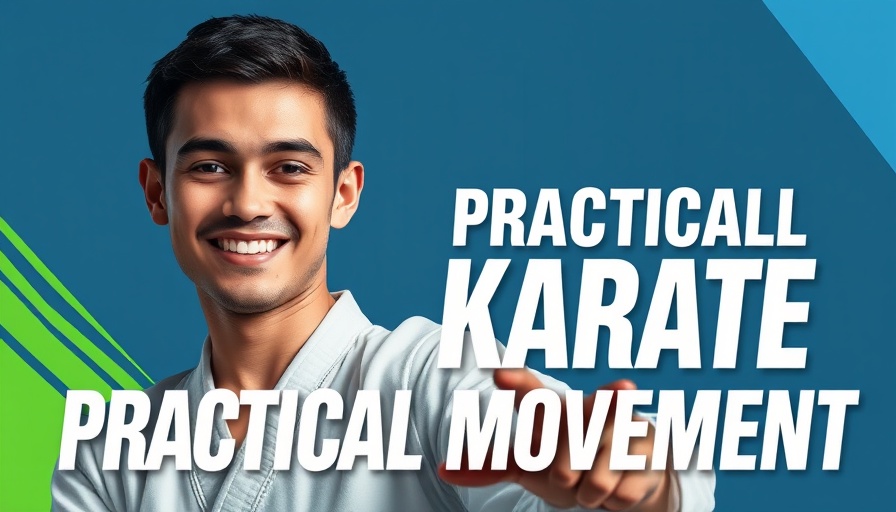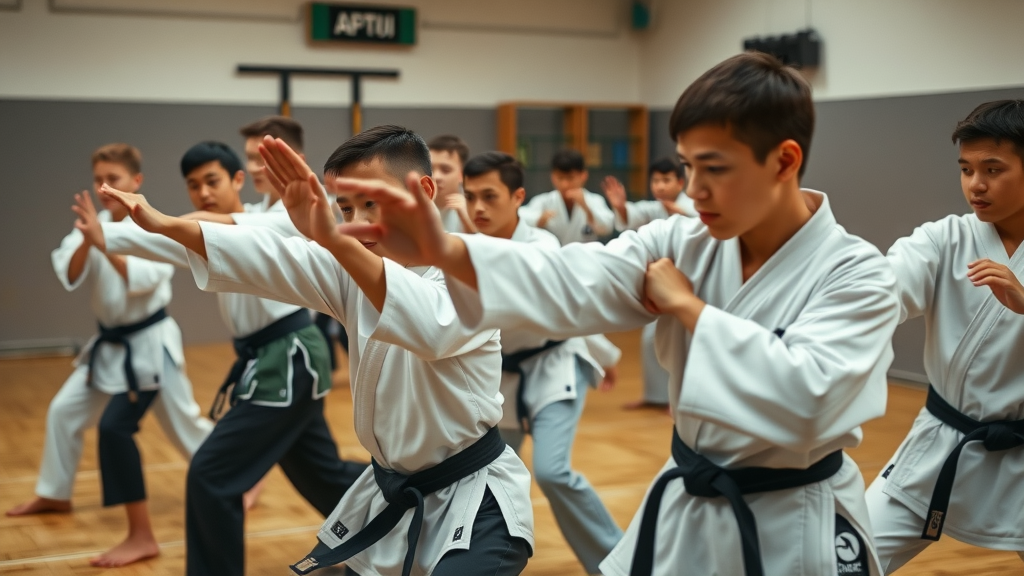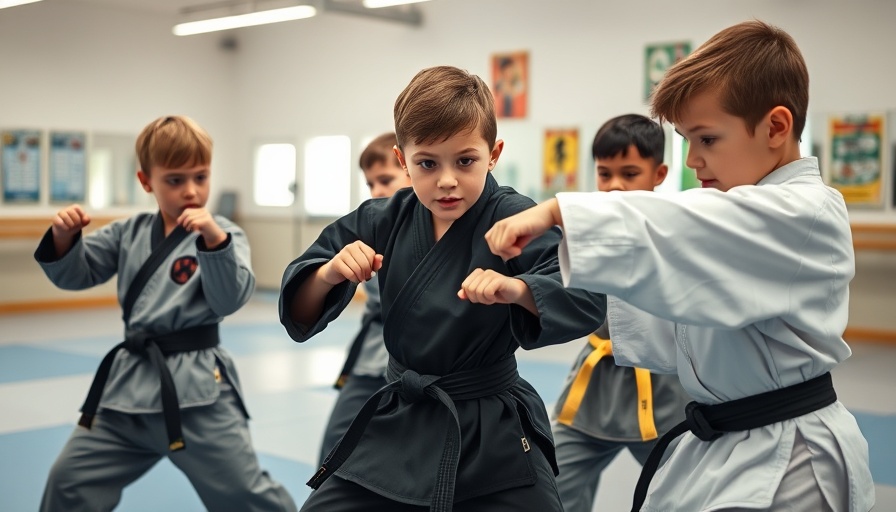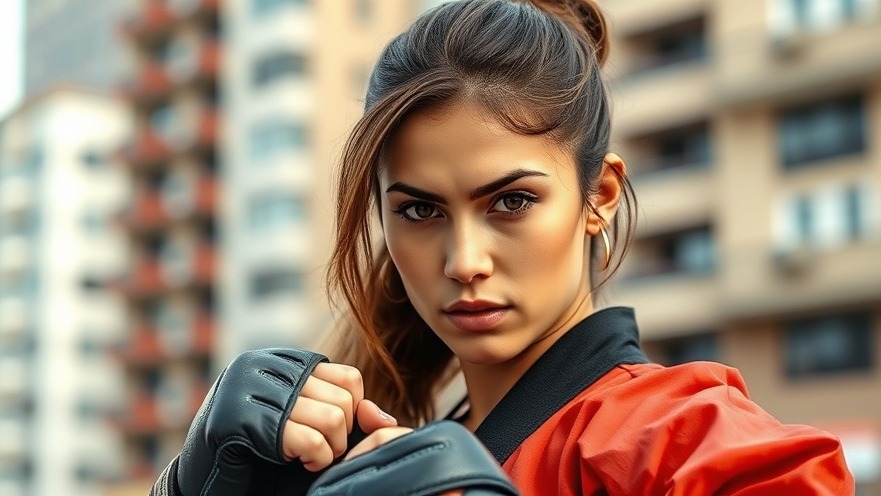
Is Practical Karate Still Just About Aesthetics?
When discussing the evolution of karate, one cannot overlook the poignant observation made by martial artist Daniel Marino: “It’s about looking good, not learning how to fight.” This statement resonates deeply within the heart of the karate community and extends even to those who champion the "practical karate" or "practical bunkai" movements. It raises the question: Are we, as practitioners, genuinely focused on functional techniques, or have aesthetics clouded our training approaches? In essence, have our efforts in practical karate really improved our skills, or are we merely polishing a ceremonial facade?
Understanding the Issue: Form vs. Function
The criticism stems from a troubling trend in karate training, where the focus often shifts from effective fighting techniques to how well students can perform katas with a precise aesthetic quality. While kata serves an essential role in preserving the martial art's tradition and enhancing physical fitness, the neglect of their combative applications can severely hinder one's effectiveness in real-life situations. This phenomenon isn't isolated to karate; it parallels discussions surrounding various martial arts disciplines, where the ceremonial aspects sometimes overshadow practical applications.
The Historical Context: The Decline of Traditional Self-Defense Techniques
Historically, karate was developed as a functional self-defense system, with techniques directly linked to combat. However, today's dojos frequently relegate crucial elements such as grappling, locks, and throws to the sidelines, often unacknowledged. The consequence? A community that doesn't fully prepare its participants for self-defense scenarios. Iain Abernethy notes this degradation and emphasizes that many older karateka have on multiple occasions observed these critical elements disappearing from contemporary practices.
Modern Karate Needs a Reality Check
As the martial arts landscape changes, with other forms like Brazilian jiu-jitsu and MMA growing in popularity, karate must adapt to remain relevant. The argument that karate should return to its roots, embracing effective techniques alongside the traditional elements of kata, has gained traction. It's crucial to break away from the fixation on tournament aesthetics, as real-world encounters require a comprehensive understanding of diverse techniques. Fighting is rarely a controlled environment, and recognizing this can enhance the adaptability of practitioners.
How Traditional Techniques Can Be Integrated into Modern Training
Interestingly, the key to developing a more functional warrior lies within the very heart of karate's teachings. Techniques embedded in kata can offer profound insights into functional combat training. For instance, a deep understanding of bunkai—the practical application of kata techniques—can combat the disillusionment current practitioners feel regarding their training. This approach not only revives the rich heritage of karate but also equips students with real skills for self-defense.
Embracing Change: The Modern Karate Movement
What is the “modern karate movement”? It represents a shift in how karate is taught and perceived, challenging long-held beliefs about the functional relevance of kata. This movement attends to the critiques of traditional practices, integrating self-defense principles into training alongside aesthetics. The ultimate goal is efficiency in teaching that remains true to the spirit of karate while ensuring that practitioners are well-prepared for real confrontations.
Building a Comprehensive Curriculum for Today's Karateka
To survive and thrive, karate instructors must revise their curriculums towards a more practical focus. Educators must introduce diverse techniques that extend beyond mere striking, fostering understanding of how kata translates into combat situations. How can dojos implement this change? By encouraging students to think critically about their training, logically examining how techniques correlate with real-life scenarios, and adapting training to reflect these principles. Furthermore, engagement in discussions about situational awareness and de-escalation tactics is key.
Conclusion: Empowering the Modern Karateka
The call for a revitalized karate practice is urgent. The traditional mindset—that the aesthetics of a movement define its merit—must shift towards recognizing the underlying function. To encapsulate the spirit of effective martial arts: karate should be about self-defense, cultivation of skill, and genuine empowerment through unwavering practice. The karate community must reclaim its roots, gracefully blending aesthetic appreciation with practical tactical readiness. Only then can we equip future generations to truly learn the art of fighting, focusing on what is essential for their safety and personal growth in a complex, often unpredictable world.
 Add Row
Add Row  Add
Add 








Write A Comment